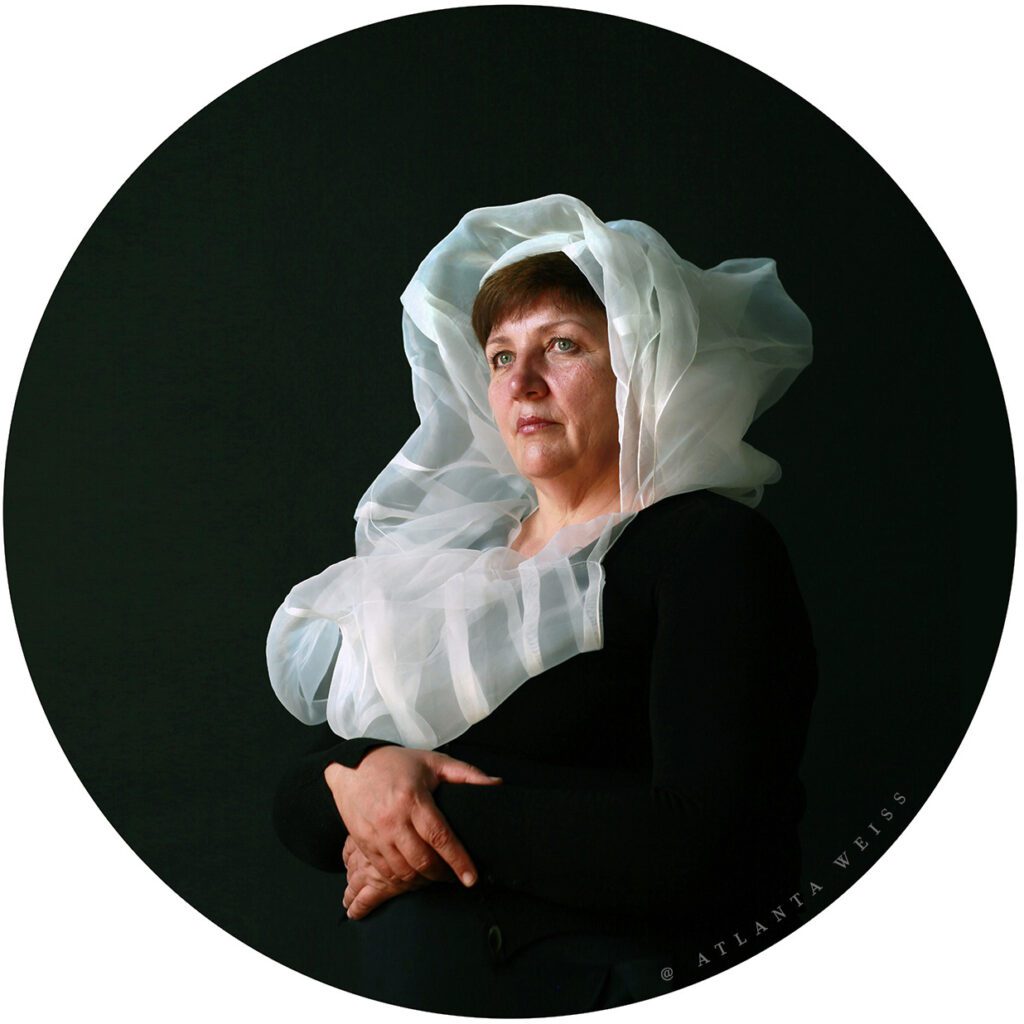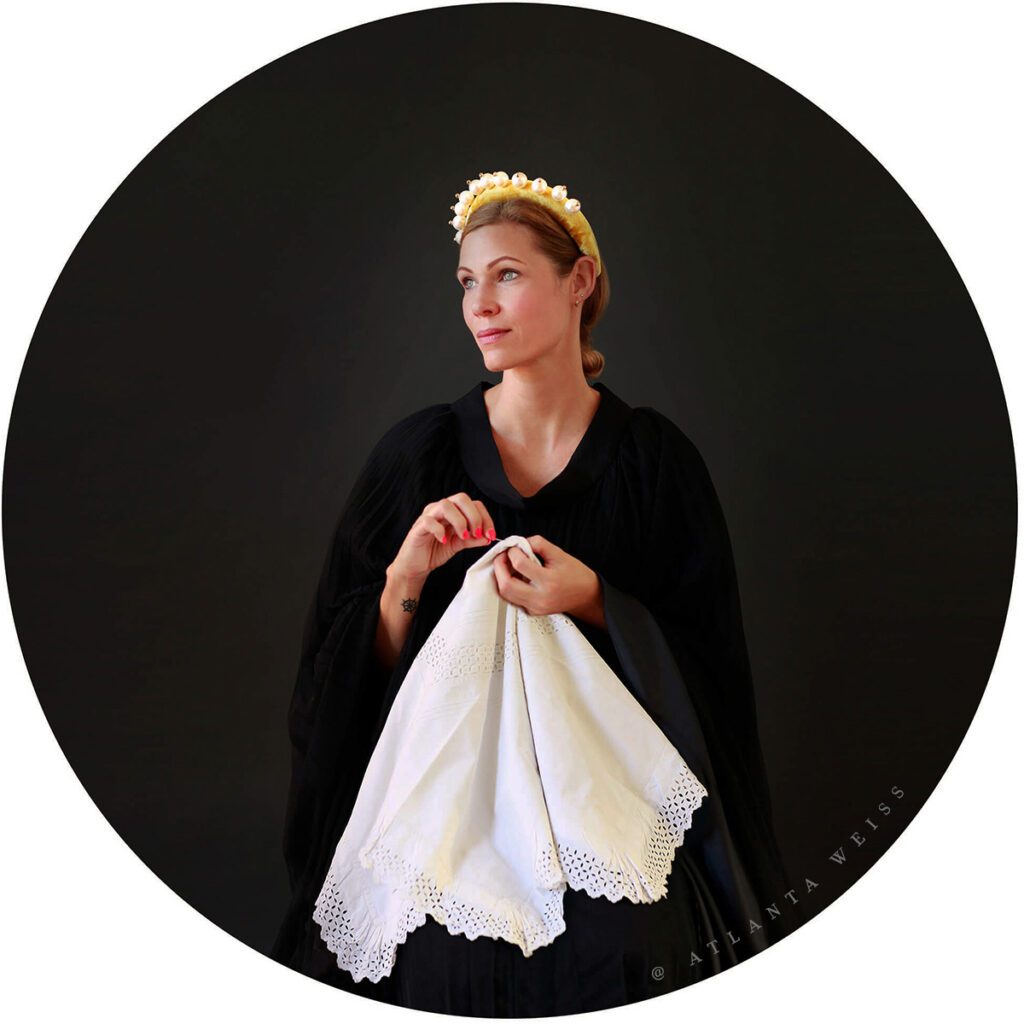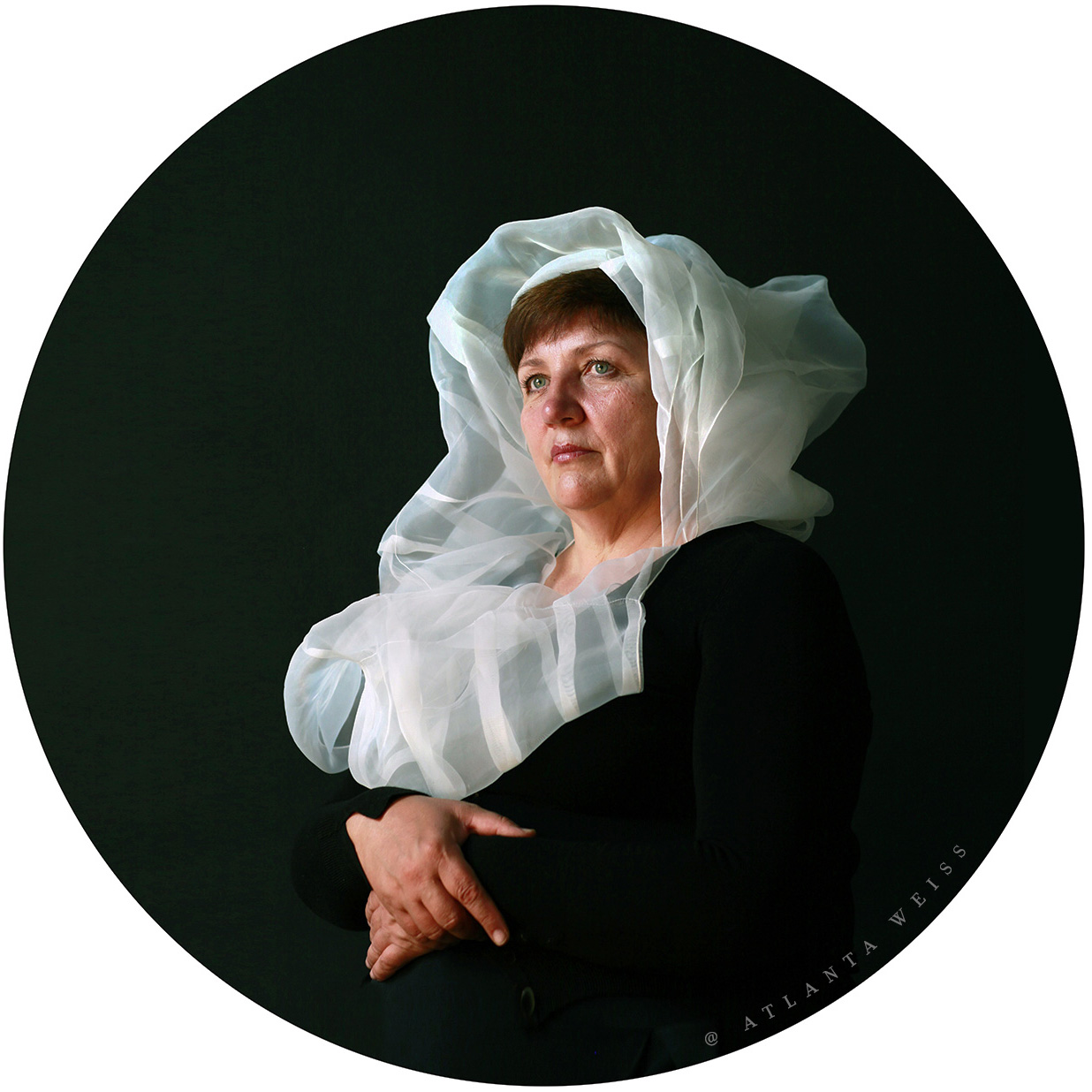It’s 2 a.m. and the studio is lit the way museums aren’t—one cone of warm light, the rest in hush. I’m standing in front of a piece that refuses to resolve, a white cloth ghosting in my hands like a thought that won’t quite name itself. On the wall beside the easel there’s an index card taped at eye level. Three words written in pencil I can’t help but read aloud before I pick up anything: History. Beauty. Excellence. I say them like a vow. The room arranges itself around that small sound. I can feel the composition settle, the way a sitter’s shoulders let go once they’ve been truly seen. I move slow. The frame finds the face. Light behaves. My job, at this hour, is simply not to lie.
The commission I shouldn’t have taken
Once, I accepted a commission that looked perfect on paper: generous fee, glossy venue, polite language about “elegant modernity.” My gut said no. My calendar said yes. The brief asked for smoothness and distance; my hand wanted breath and closeness. I delivered the surface they wanted and was paid promptly. The piece worked in the room and failed in me. Beige. That’s the word I gave it privately. Beige isn’t a color; it’s what happens when your values stay outside the door.
Two weeks later, I made a portrait I believed in and wrote three honest paragraphs about why. Same audience. The beige work got compliments. The honest work received a message that started, “This feels like me—how can I live with it?” Same hands. Different vow.


Embodiment, not slogan
Press releases love slogans. Paintings do not. If my three words don’t change my materials and my decisions, they’re just embroidery. This is how they have learned to insist:
Learning from history → not quotation, but kinship. I study the slow gaze of early portraitists—the patience with edges, the moral weight of a hand’s position, the quiet law of geometry. My black grounds are not trendy minimalism; they are the night sky those faces were born into. I borrow the discipline of the tondo’s circle when a subject asks to be held. Drapery is never effect; it’s a time machine for the body. The veil, the wreath, the humble cloth: objects that know how long we’ve been doing this—standing still for the sake of being seen.
Beauty → not the narcotic glaze of pleasantness but the earned order of dignity. Beauty is proportion that lets breath in. It is restraint: one white, not six; silence around the face; a pause you can walk into. Beauty is also refusal—no tricks, no unnecessary cleverness, no apology for tenderness. The child’s profile with a crown of flowers exists because children carry history too.
Excellence → a standard I answer to when no one’s watching. Archival materials even when the budget frowns. The extra hour with light because the cheek demanded it. Reprinting until skin remembers it is skin. Aftercare that matches the work—a certificate that reads like a promise, framing that protects and honors. Excellence is not perfectionism; it is care made visible.
A shift in the room
A collector once stood in front of a portrait and told me about a painting he loved from an 18th-century journey through the UK and Scotland—a woman in a dark field of air, her presence brighter than the light itself. He pulled up the reference on his phone. The kinship was uncanny: not a copy, but a bloodline. “This,” he said, pointing from the screen to my work, “feels like the same sentence, spoken now.”
Something in me unclenched. My spine found its height; my breath lengthened. That is the sensation of alignment—not pride, exactly, but continuity. The piece had entered the conversation I most wanted to be having, with the living and the dead at the same time.
A studio ritual (descriptive, not prescriptive)
Before I begin, I reread the index card. I choose a palette that would not embarrass it. I write one sentence on a scrap of paper—what I am actually trying to say—and tape it near the lens. Fifteen minutes of order before the necessary risk. The ritual is small on purpose. Grand gestures distract. The point is to make it the easiest thing in the world to tell the truth.
Refusals & permissions
I no longer accept briefs that require distance where intimacy is needed. I refuse the adjective “glossy,” even when it’s meant as a compliment. I won’t compress the time light asks for, or use language that makes a human into an occasion.
I permit scale. I permit the black field to be as black as it must be. I permit veils and halos when history taps my shoulder. I permit mothers to hold children in the frame as if holding were the whole point (sometimes it is). I permit my own slowness. I permit joy that doesn’t apologize for being serious.
Coda
Same hands. Different vow. The work knows when the card on the wall has been read, and when it hasn’t. When History, Beauty, Excellence enter the studio, the canvas—or the negative—doesn’t let them leave. The room changes. So do I.
Studio notes & previews arrive first to my list. If you’d like to read along: SUBSCRIBE HERE.
Atlanta Weiss
Atlanta
